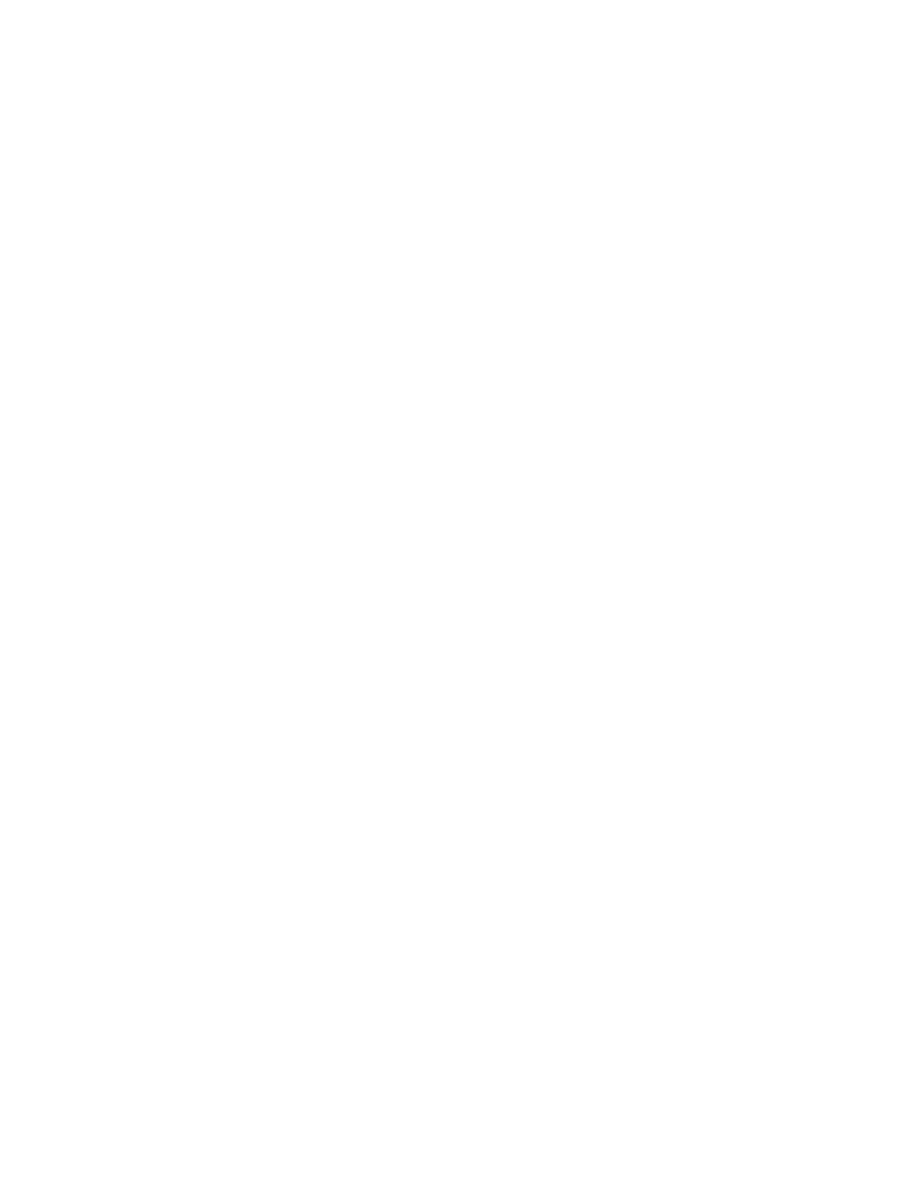
475
Federal Aviation Administration, DOT
§ 25.965
(C) Cowl flaps (or other means of con-
trolling the engine cooling supply) in
the position that provides adequate
cooling in the hot-day condition.
(D) Engine operating within the max-
imum continuous power limitations.
(E) Maximum takeoff weight; and
(ii) For turbine engine powered air-
planes, the maximum airspeed estab-
lished for climbing from takeoff to the
maximum operating altitude.
(5) The fuel temperature must be at
least 110
°
F.
(b) The test prescribed in paragraph
(a) of this section may be performed in
flight or on the ground under closely
simulated flight conditions. If a flight
test is performed in weather cold
enough to interfere with the proper
conduct of the test, the fuel tank sur-
faces, fuel lines, and other fuel system
parts subject to cold air must be insu-
lated to simulate, insofar as prac-
ticable, flight in hot weather.
[Amdt. 25–11, 32 FR 6912, May 5, 1967, as
amended by Amdt. 25–57, 49 FR 6848, Feb. 23,
1984]
§ 25.963
Fuel tanks: general.
(a) Each fuel tank must be able to
withstand, without failure, the vibra-
tion, inertia, fluid, and structural loads
that it may be subjected to in oper-
ation.
(b) Flexible fuel tank liners must be
approved or must be shown to be suit-
able for the particular application.
(c) Integral fuel tanks must have fa-
cilities for interior inspection and re-
pair.
(d) Fuel tanks within the fuselage
contour must be able to resist rupture
and to retain fuel, under the inertia
forces prescribed for the emergency
landing conditions in § 25.561. In addi-
tion, these tanks must be in a pro-
tected position so that exposure of the
tanks to scraping action with the
ground is unlikely.
(e) Fuel tank access covers must
comply with the following criteria in
order to avoid loss of hazardous quan-
tities of fuel:
(1) All covers located in an area
where experience or analysis indicates
a strike is likely must be shown by
analysis or tests to minimize penetra-
tion and deformation by tire frag-
ments, low energy engine debris, or
other likely debris.
(2) All covers must be fire resistant
as defined in part 1 of this chapter.
(f) For pressurized fuel tanks, a
means with fail-safe features must be
provided to prevent the buildup of an
excessive pressure difference between
the inside and the outside of the tank.
[Doc. No. 5066, 29 FR 18291, Dec. 24, 1964, as
amended by Amdt. 25–40, 42 FR 15043, Mar. 17,
1977; Amdt. 25–69, 54 FR 40354, Sept. 29, 1989]
§ 25.965
Fuel tank tests.
(a) It must be shown by tests that the
fuel tanks, as mounted in the airplane,
can withstand, without failure or leak-
age, the more critical of the pressures
resulting from the conditions specified
in paragraphs (a)(1) and (2) of this sec-
tion. In addition, it must be shown by
either analysis or tests, that tank sur-
faces subjected to more critical pres-
sures resulting from the condition of
paragraphs (a)(3) and (4) of this section,
are able to withstand the following
pressures:
(1) An internal pressure of 3.5 psi.
(2) 125 percent of the maximum air
pressure developed in the tank from
ram effect.
(3) Fluid pressures developed during
maximum limit accelerations, and de-
flections, of the airplane with a full
tank.
(4) Fluid pressures developed during
the most adverse combination of air-
plane roll and fuel load.
(b) Each metallic tank with large un-
supported or unstiffened flat surfaces,
whose failure or deformation could
cause fuel leakage, must be able to
withstand the following test, or its
equivalent, without leakage or exces-
sive deformation of the tank walls:
(1) Each complete tank assembly and
its supports must be vibration tested
while mounted to simulate the actual
installation.
(2) Except as specified in paragraph
(b)(4) of this section, the tank assembly
must be vibrated for 25 hours at an am-
plitude of not less than
1
⁄
32
of an inch
(unless another amplitude is substan-
tiated) while
2
⁄
3
filled with water or
other suitable test fluid.
(3) The test frequency of vibration
must be as follows:
VerDate Mar<15>2010
10:12 Mar 18, 2014
Jkt 232046
PO 00000
Frm 00485
Fmt 8010
Sfmt 8010
Y:\SGML\232046.XXX
232046
pmangrum on DSK3VPTVN1PROD with CFR